Copper oxide is a kind of copper ore with complex and changeable properties and difficult to process, which is often abandoned in the past due to high processing cost and difficulty in separation. With the continuous development of social economy, the demand for copper is also increasing,so the development and utilization of oxide copper are widely concerned now.

01 Copper Oxide Flotation Method
Flotation method is widely used in the production practice of copper oxide, and the following three processes are common.
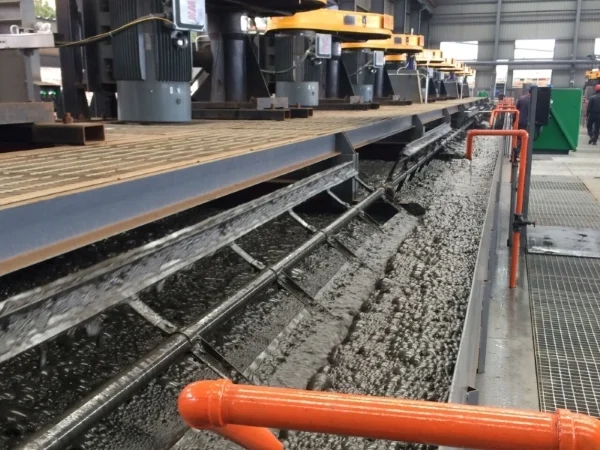
(1) Sulfide Xanthate Flotation Method
In general, sulfide - xanthate flotation is the most commonly used method to process copper oxide. In this method, oxidized minerals are first sulfide with sodium sulfide or other sulfide agents (such as sodium hydrosulfide), and then high-grade xanthate is used as the collector for flotation. Sulfide agents such as sodium sulfide are easy to oxidize and have a short action time. Therefore, when the sulfidation method is used for flotation of copper oxide ore, the sulfide agent can be added in stages.
(2) Fatty Acid Flotation Method
Fatty acid flotation method is also called direct flotation method. When using fatty acids and their soaps as collectors for flotation, gangue inhibitors such as sodium silicate, phosphate, and slurry regulator sodium carbonate are usually added. Fatty acid flotation method is only suitable for copper oxide ore whose gangue is not carbonate. When the gangue contains a lot of iron and manganese minerals, its index will become worse.
(3) Special Collector Flotation Method
For the flotation of copper oxide ore, in addition to the above two types of collectors, other special collectors can also be used for flotation. Such as malachite green, hydroxy acid, benzotriazole, N-substituted nitrous acid and so on. Sometimes it can be mixed with xanthate to increase the recovery rate of copper.
02 Copper Oxide Leaching Method
Copper oxide leaching method is divided into acid leaching, ammonia leaching and bacterial leaching. In general, the leaching rate of copper depends on the method used and the nature of the ore.

(1) Copper Oxide Acid Leaching
If the gangue in the copper oxide is acid rock copper minerals such as malachite, cuprite, black copper ore, etc., it can generally be leached with dilute sulfuric acid. The leaching liquid is copper sulfate solution. After being enriched by an extraction process, the cathode copper is usually produced by electrowinning. Due to the rapid development of copper extractants, and the acid leaching method has the characteristics of simple equipment, low investment, and quick results, the use of leaching-extraction-electrowinning technology is attracting more and more investors.
(2) Copper Oxide Ammonia Leaching
If processing alkaline gangue-containing oxide ore, such as iron-containing gangue minerals, siliceous gangue minerals, and argillaceous copper ore, copper oxides can be leached with an aqueous ammonia solution in the presence of carbon dioxide. The ammonia leaching method combined with the conventional flotation copper sulfide flotation process will achieve good technical and economic effect.
(3) Copper Oxide Bacterial Leaching
When processing silicate type or low carbonate content of copper oxide ore, mixed ore, lean ore, off-surface ore, waste rock, tailings, copper-bearing slag, and residual ore in goafs and waste rock wells, etc. , bacterial leaching method can be used. This is a biological beneficiation method using bacterial action. The biochemical action of ferriobacter pyrite in this process produces a leaching agent of ferric sulfate and sulfuric acid, which can dissolve the copper in the copper ore in the copper sulfate state.
03To Wrap Up
The above are the two types of commonly used copper oxide ore dressing processes. In actual production, some companies have combined the two types of beneficiation processes and achieved good results. It is recommended that all mining companies conduct beneficiation tests before beneficiation, and select the appropriate beneficiation process according to the test results.
- Random article
- Popular articles
- Popular comments
- Copper Ore Partial Mixed Flotation Process
- Sand gold beneficiation process
- Nickel ore magnetic separation+flotation combined process(Sulfide ore)
- Radioactive beneficiation and flotation process for uranium ore
- Zirconium Ore Processing: Gravity, Magnetic, and Electric Separation
- Zirconium Ore Processing: Gravity, Magnetic, and Flotation Methods
- chrome ore processing:Advanced Magnetic Separation Processing Technology



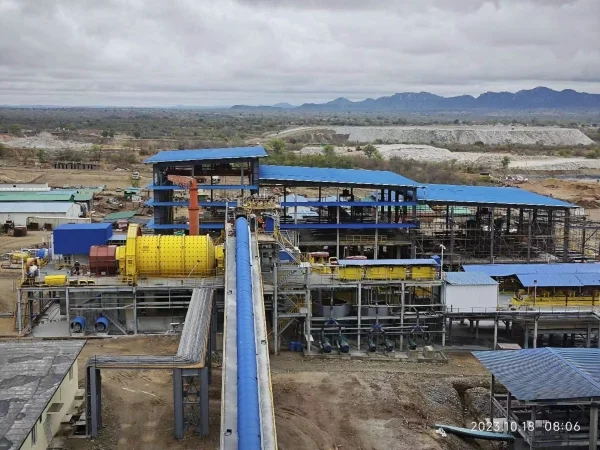
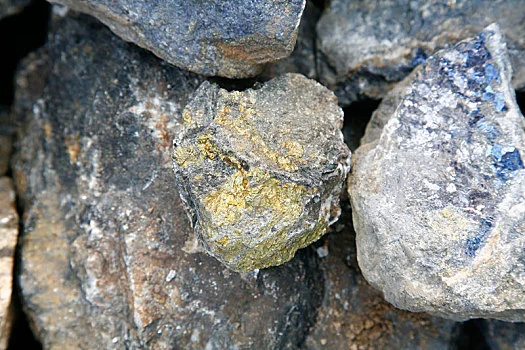


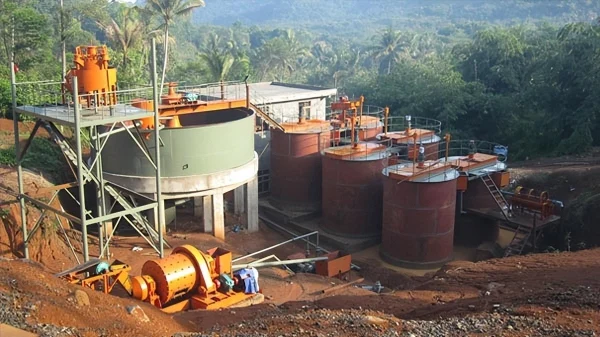
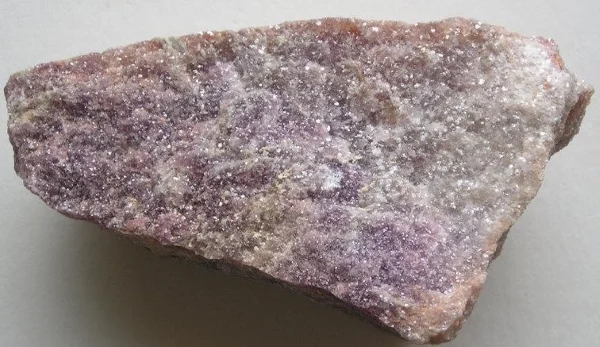

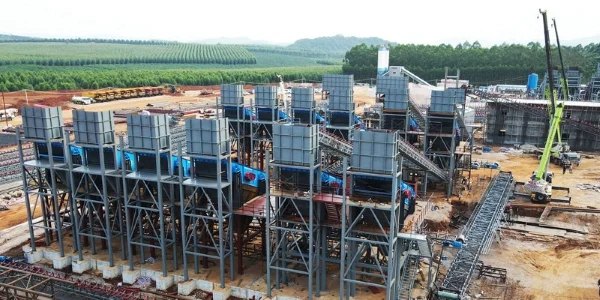
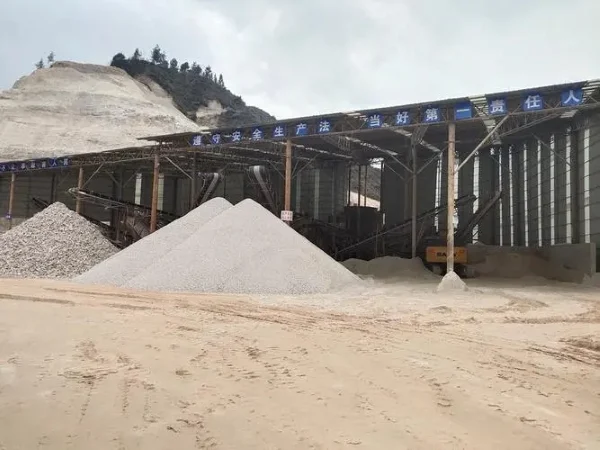




Leave a message with your needs or comments
Add comment: